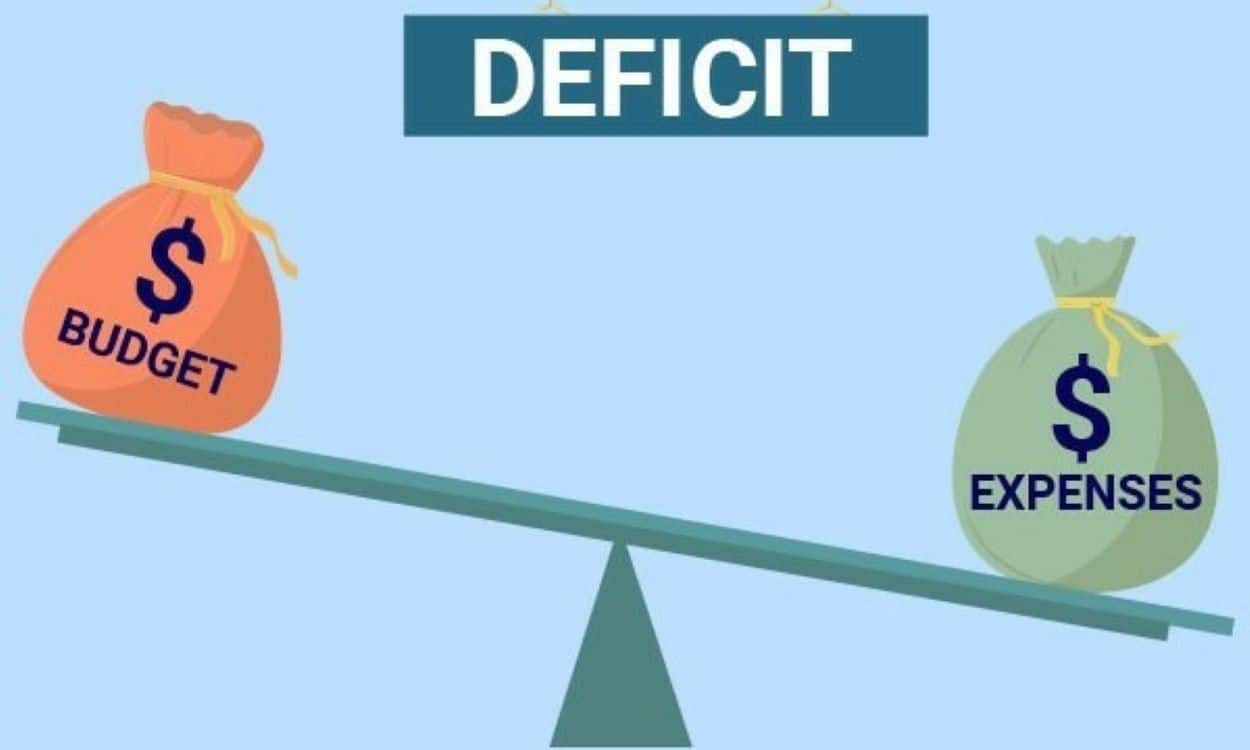Pakistan’s budget deficit has expanded by over 50% due to a surge in interest payments, which reached Rs4.2 trillion in the first half of this fiscal year. This raises questions about the effectiveness of the IMF programme.
Fiscal Challenges and Spending Patterns
Interest payments surpassed the federal government’s net income by Rs207 billion in July-December. Despite efforts to slow development spending, Pakistan struggles with fiscal consolidation. The IMF programme’s high interest rates have not curbed inflation, which remains high. Yet, the government achieved a primary surplus of Rs1.8 trillion, meeting the IMF’s target.
The budget deficit, including interest costs, hit Rs2.7 trillion, or 2.3% of GDP. This represents a 51% increase from the previous year. Interest costs rose by 64%, exceeding the government’s net income.
The IMF disputes Pakistan’s budget, suggesting an understatement of debt costs. Domestic debt servicing reached Rs3.7 trillion, 64% higher than last year. The unsustainable debt situation forces borrowing mainly for interest payments. The Monetary Policy Committee’s unchanged policy rate will maintain high borrowing costs. The government relies on borrowing for various expenditures, including defense.
Federal spending increased by 58%, with total expenses at Rs 6.7 trillion. Current expenditures rose 50%. Subsidies and defense spending saw significant increases, while development spending was cut.
Despite these challenges, non-tax revenues grew, mainly from petroleum levies and central bank profits. The FBR’s tax collection exceeded the IMF’s target, and federal revenue receipts rose significantly. However, net income after provincial shares is insufficient for interest payments.
Provincial governments reported surpluses, with higher development spending compared to last year.






